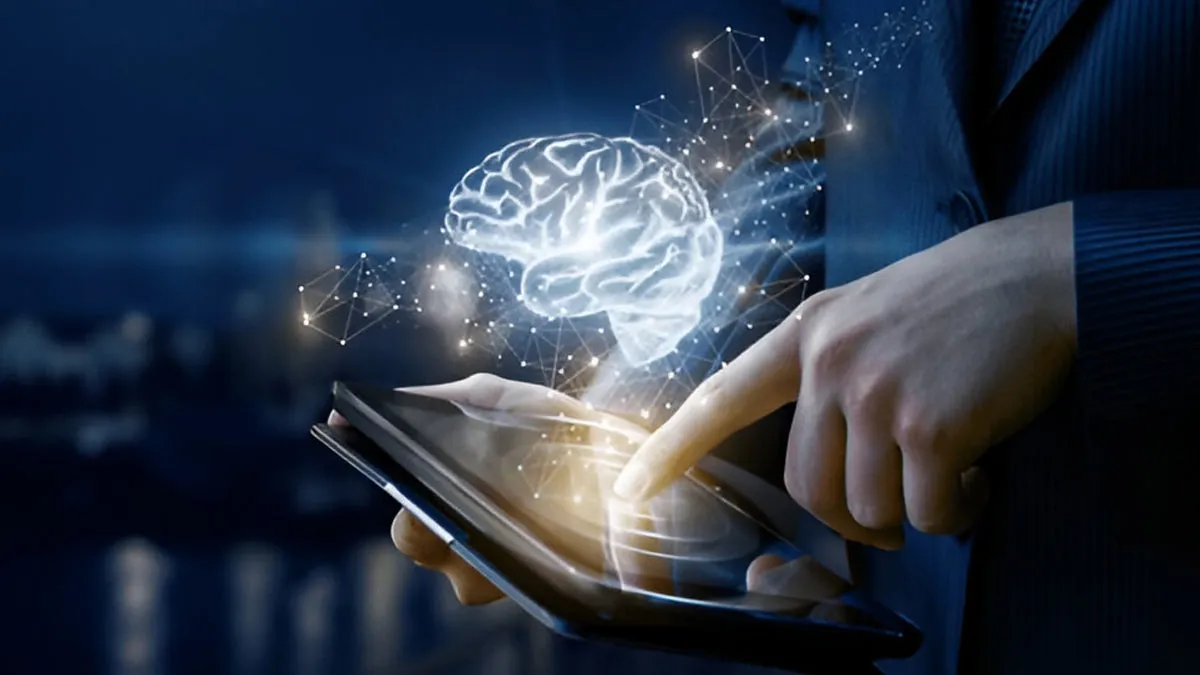
A new Cell review published on August 11, 2025, offers a clear ‘energy control map’ of how our brain integrates and interprets hormonal, neural, and environmental cues to regulate energy balance, and how decoding that layout could revolutionise obesity care.
Table of Content:-
Navigating the Brain’s Energy Hub

Obesity isn’t merely the result of overeating—it's a clash between ancient survival mechanisms and modern lifestyles. The brain continuously receives a mosaic of signals, ranging from long-term energy stores (like leptin) to transient gut peptides (such as GLP-1, GIP, CCK, PYY, secretin, and ghrelin), all feeding into neural circuits that determine appetite, metabolism, and fat storage.
The Neuro-Endocrine Orchestra
At the heart of this control network is the hypothalamus. The arcuate nucleus (ARC), in particular, receives long-term energy signals, such as leptin (from fat), and short-term ones, including GLP-1, GIP, CCK, PYY, secretin, and ghrelin, from the gut, as well as direct feedback from the vagus nerve.
- AgRP neurons ramp up hunger by releasing GABA, NPY, and AgRP.
- POMC neurons produce α-MSH, activating MC4R circuits that suppress appetite.
- Both react to changes in energy status and reorganise by synaptic plasticity.
Also Read: Ozempic And Mounjaro in India: Weight Loss Revolution Or Wellness Gamble?
Satiety without Feeling Sick

The hindbrain plays a pivotal role in closing a meal, without making us feel nauseous. The dorsal vagal complex (DVC), more so through NTS calcitonin receptor neurons, communicates satiety smoothly, whereas other routes (area postrema) can cause aversion, which accounts for why some drugs are experienced as harsh.
GLP-1 receptor (GLP-1R) signalling exemplifies this duality: in the area postrema, it triggers aversion; in the NTS, it gently reduces appetite, clarifying why where a drug acts in the brain matters a lot
Reward, Temptation, and Motivation
Food isn’t fuel; it’s deeply social, emotional, and rewarding. Dopamine pathways from the ventral tegmental area (VTA) to the nucleus accumbens (NAc) and prefrontal cortex energise our cravings. The lateral hypothalamus, especially orexin and MCH neurons, interacts with these circuits, amplifying our pull toward palatable foods, even the subtly satisfying ones.
Medicine in Motion
Early weight-loss drugs tapped into monoamines, such as phentermine, topiramate, or bupropion–naltrexone, but brought side effects and limited effectiveness (~8–10% weight loss)
Peptide therapies, though, have changed the game:
- GLP-1 agonists like semaglutide deliver stronger results (liraglutide achieved ~5.4% placebo-corrected loss over a year)
- GIPR co-agonists may suppress appetite without triggering nausea.
- Amylin receptor (AMYR) agonists act through yet another set of neurons, offering another satiety path.
- A novel GLP-1R/AMYR co-agonist, ‘amycretin,’ showed a stunning ~24% weight loss in early trials.
Also Read: Is There A Link Between Obesity and Metabolism? Here’s What You Need To Know
What Lies Ahead?
Despite progress, many questions persist. Which neuron types produce satiety without aversive effects? How do stress or eating patterns reorganise neural connections? Can we direct this plasticity to 'reorganise' circuits to promote long-term wellness? The review argues that getting to the subtleties is the key to personalised therapies, ones that maximise benefits, minimise dropout, and prolong wider metabolic improvement.
Bottomline
Obesity isn’t about willpower; it’s about how our brains interpret energy signals in a world full of temptation. This 'energy control map' gives scientists a way to talk to the brain clearly, designing therapies that sync with its logic. The path forward lies in understanding and gently reshaping our neural circuitry. Think of it as not dieting smarter, but thinking and treating smarter.
[Disclaimer: This article contains information for informational purposes only. Hence, we advise you to consult your professional if you are dealing with any health issue to avoid complications.]
How we keep this article up to date:
We work with experts and keep a close eye on the latest in health and wellness. Whenever there is a new research or helpful information, we update our articles with accurate and useful advice.
Current Version
